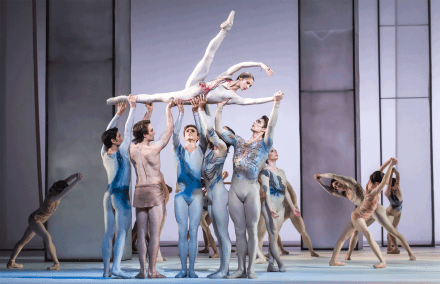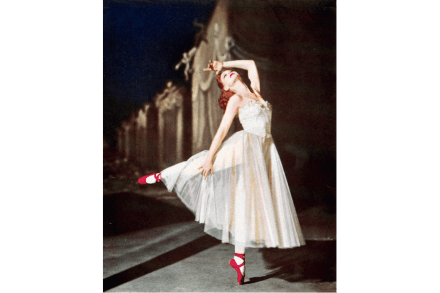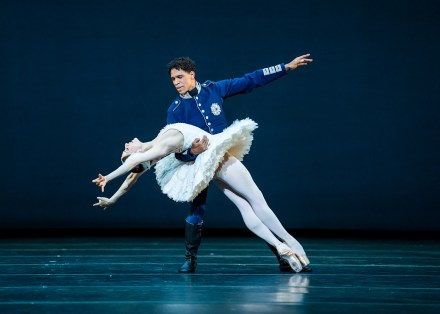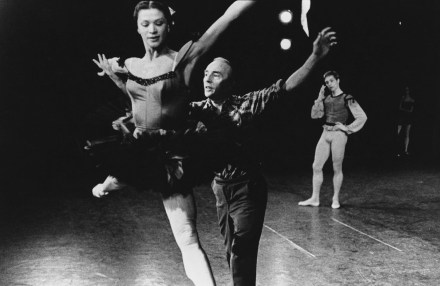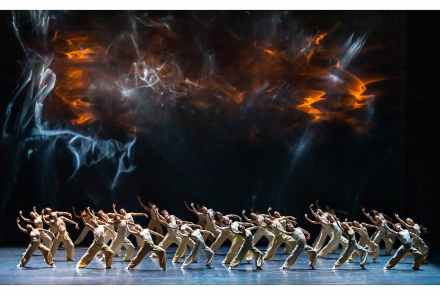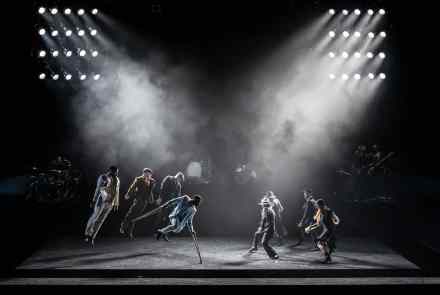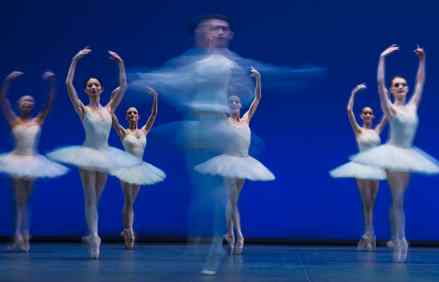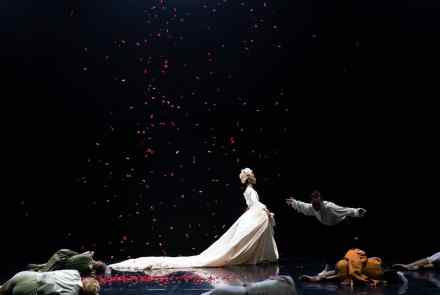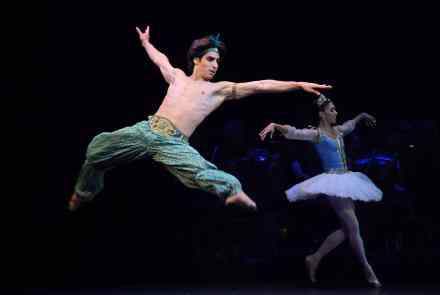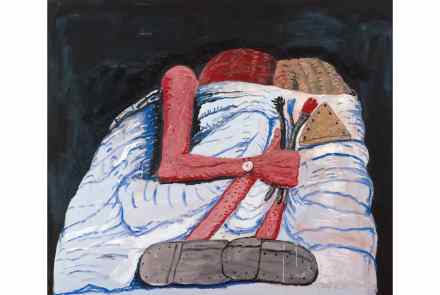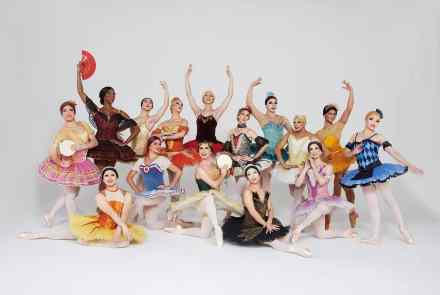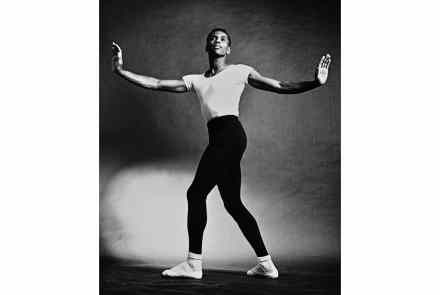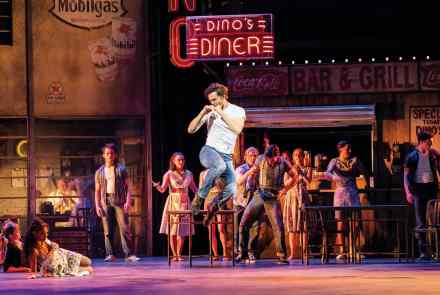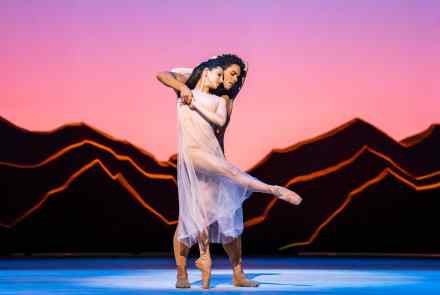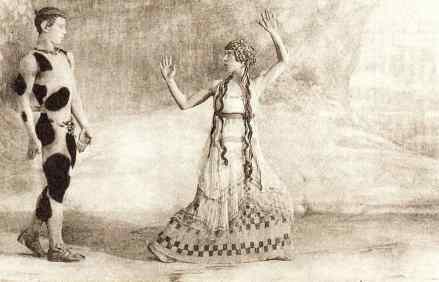The problem with Swan Lake
Over this summer you can see Swan Lake performed at the Royal Opera House by the Royal Ballet; at the Coliseum by a company from Georgia; at Sadler’s Wells by Chinese acrobats; and at the Royal Albert Hall by English National Ballet. It is expected therefore to attract audiences of Taylor Swiftian magnitude – well in excess of 100,000, by my very rough reckoning. And should you dread autumnal withdrawal symptoms, then fear not: a film of Matthew Bourne’s version will be shown in cinemas in September, prior to a national live tour starting in November and continuing until May, including a two-month season at Sadler’s Wells over Christmas. There






